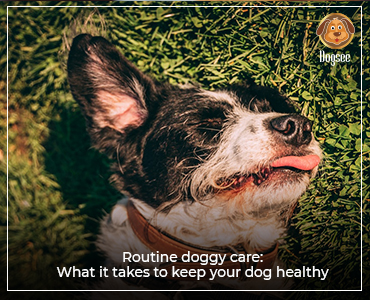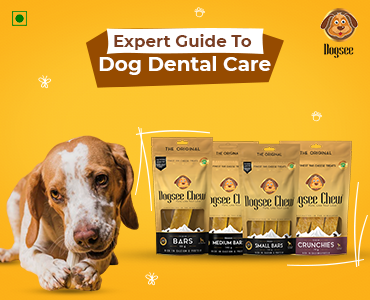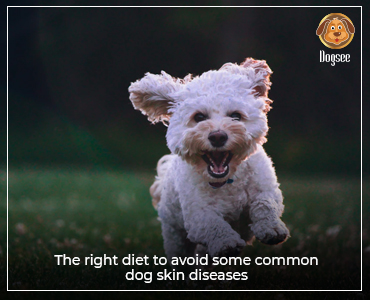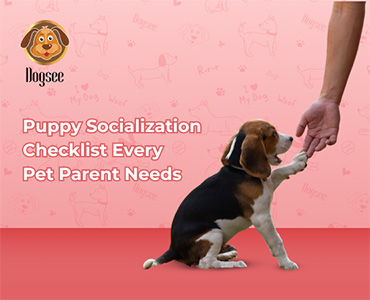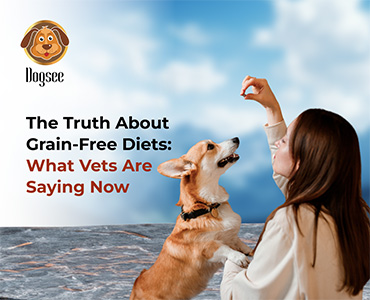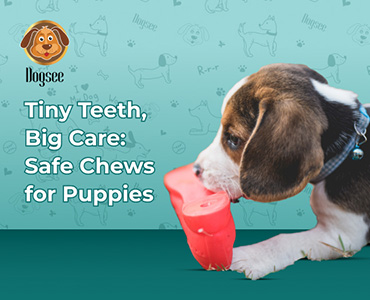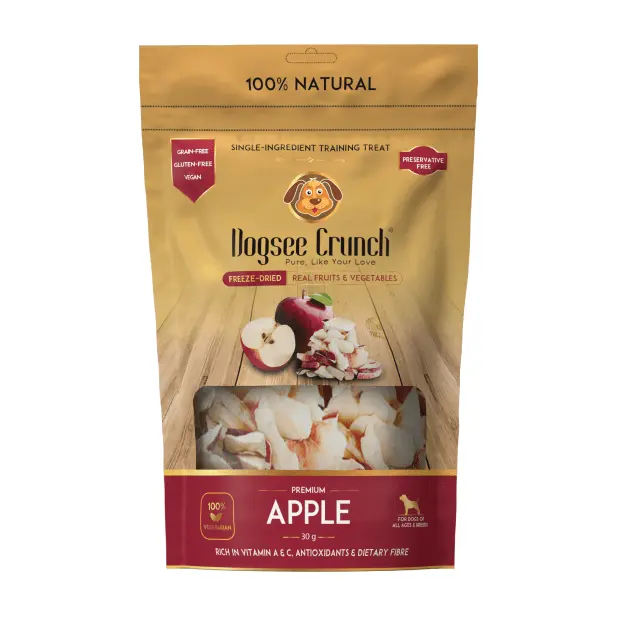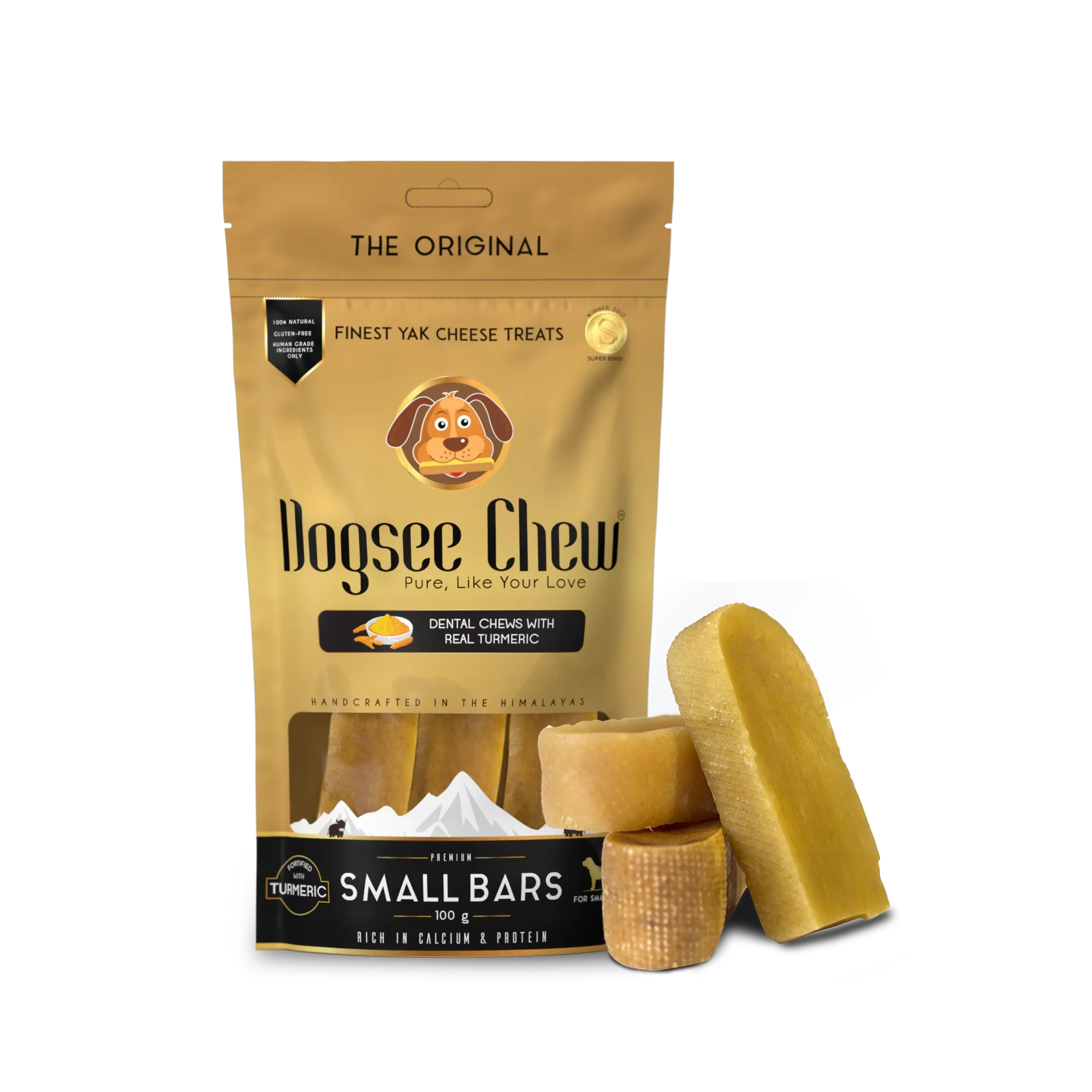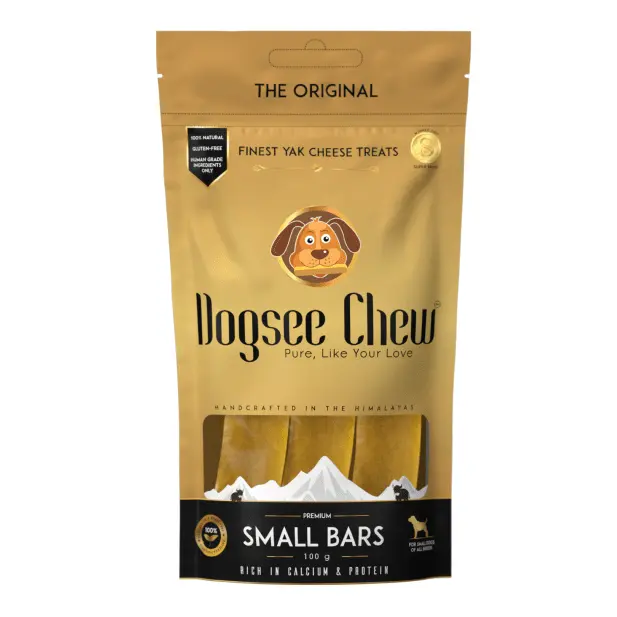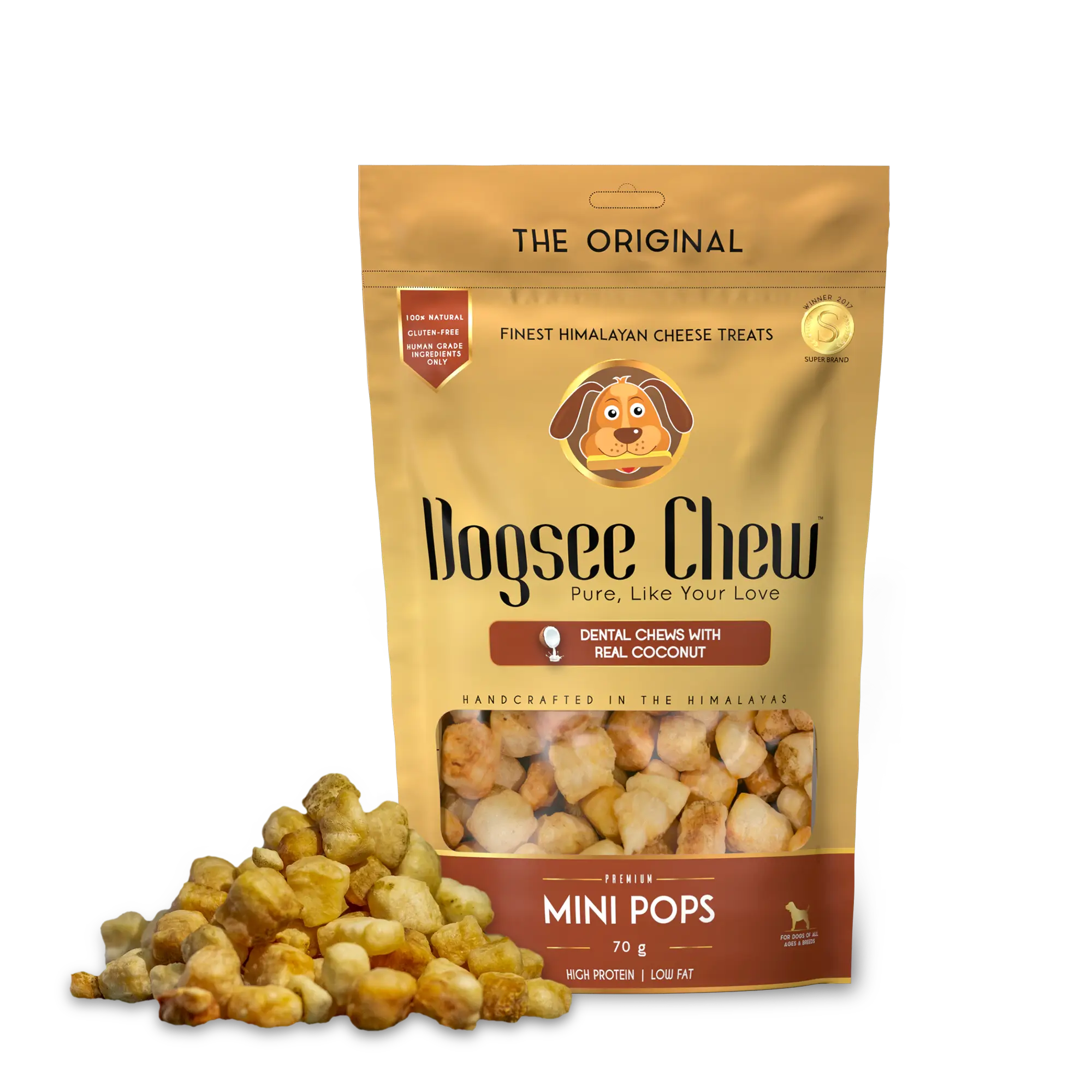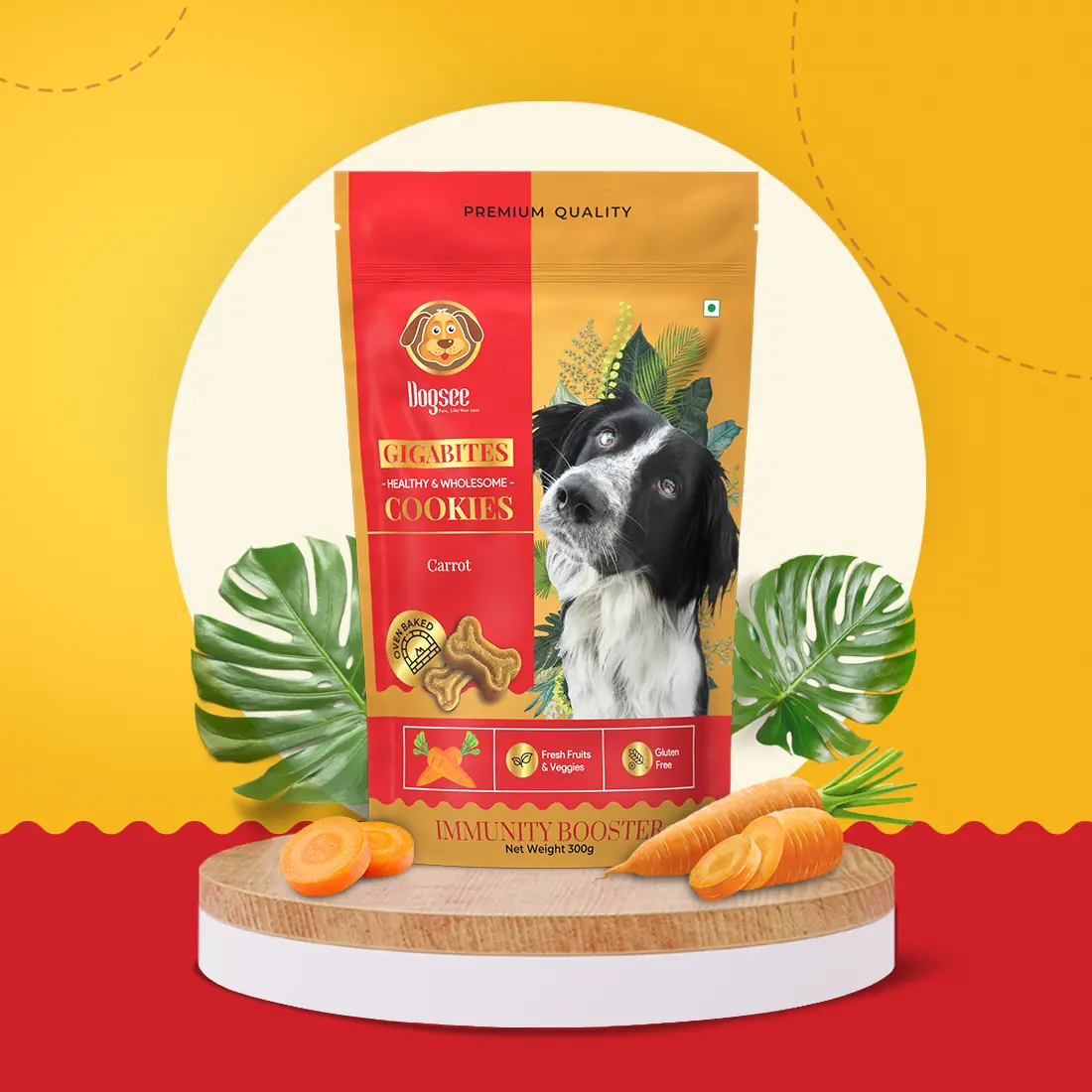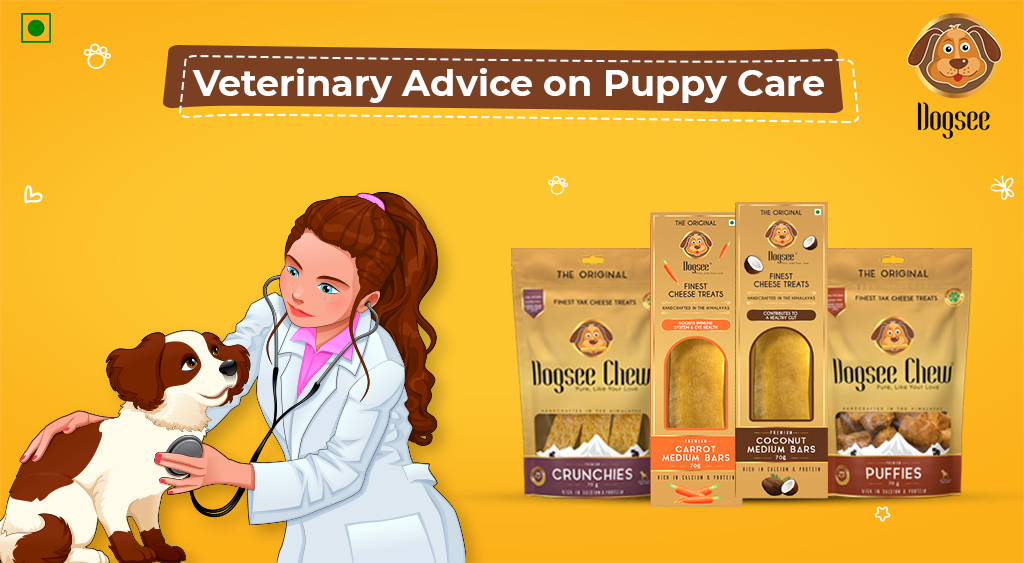
You’ve just brought your puppy home, and you’re ecstatic. It’s an exciting time to welcome your new family member into your house, watch them take their first step and explore. But now, you probably have tons of questions about how to care for this new baby - and rightfully so. Your new pup needs proper care, nutrition, and grooming so that they can be healthy and grow into a healthy dog. We are going to give you the whole run down on puppy care and answer all the questions you might have about your taking care of your little one.
Health: Puppies need just as much attention and care as a newborn. When you bring a puppy home, you need to ensure that you have all the necessary arrangements in place so that you can keep up with the routine tasks - such as vet visits and vaccinations - that play a crucial role in your pup’s development.
Vaccinations: The first year of your puppy's life will require you to make plenty of visits to your veterinarian to get vaccinations. Since they are vulnerable and their immune system is still developing, your puppy will need booster shots, titers, and other vaccinations to help protect against diseases.
Vaccination Schedule: Parasites, bacteria and viruses pose a severe threat to puppies and dogs that are not vaccinated. Therefore, it is usually recommended to keep your pups from mingling with stranger dogs to avoid transmission - if your close friends and family have pets that you know are up-to-date on vaccinations, you can of course socialize your pup with them.
According to PetMd and Dr. Jason Nicholas, Here is the vaccination schedule to ensure that your pooch stays infection free and stays healthy.
Heartworm, flea & tick prevention can be started for dogs as young as 8 weeks old depending on the medication prescribed by your vet. This medication can be given at home, and is a prescription medication that will require regular administration.
Vet Visits: The first thing you should do when bringing a puppy home is register with a trusted veterinarian. Apart from administering vaccinations, your vet can be extremely helpful when it comes to offering advice for proper puppy care. Your vet can also tend to your dog’s overall hygiene, and properly clean his teeth, ears, and even bathe him/her.
Anytime your pup acts weird, or if you have any questions, your vet will be your invaluable resource, helping you navigate you and your little one through this critical period.
GPS Tracker: Your pup is like a baby that requires constant attention, and comes with a lot of energy. They are fast runners that tend to wander off, and may even walk out the house if you leave your door open. A GPS tracker is a device that you can attach to your pups collar to create “safe zones.” - whether in your yard or at a dog park. The device tracks and alerts you of your pups location so you know exactly where your little one is at all times - and in the case, he/she wanders off past her safe zone, you can find your pup quickly and be reunited with him/her.
Grooming & Bathing
Brushing: Grooming is an important component of puppy care to ensure healthy development, as well as to stimulate bonding and trust with your pup. When you brush your dog’s coat, it promotes healthy skin and shiny coat as healthy natural skin oils get distributed all over the hair shaft - helping dirt to slide off the hair easily. Brushing also helps reduce the frequency of bathing.
How often you need to brush your pup depends on their breed - long-haired and medium-haired pups need almost daily brushing to get the mats and knots out, while short-haired pups can be brushed once or twice per week. Your veterinarian can usually recommend the frequency for professional grooming upon consultation.
If you have a long or medium-haired dog, daily brushing can seem like high maintenance but here’s what happens, according to American Humane, if you go long without brushing. Their fur will become matted or have a lot of knots which can lead to painful skin irritations and infections. Dirt and oil can build up under the mats/knots and affect your pups’ ability to walk, see and even eat normally - not to mention that the buildup of mats/knots can result in a painful grooming session for your pup.
According to the ASPCA, here’s the recommended general brushing regimen you should be following:
Bathing: Bathing your puppy is an important part of pet care, as it helps promote healthy skin and a healthy coat by getting rid of dirt, debris and any odour from their coat. It also helps shed the loose hair so you won’t have to find them all over your house.
Like brushing, how often you may need to bathe your pup depends on their breed. A general rule of thumb is to bathe your pup at least once every 3 months, unless he/she suffers from a skin condition or spends a lot of time outdoors.
Quick Tips For Bathing Your Puppy
Puppies have a lot of energy and are very goofy! So to make sure your pup stays in the tub, give them a rubber duck or another favourite toy to hold their attention while you focus on getting them clean.
Choose a shampoo that is specifically formulated for puppies. The ingredients for puppy shampoo and dog shampoo vary greatly - much like baby shampoo and adult shampoo. Make sure you read the ingredient list, and opt for one made with natural ingredients - they tend to be less harsh on the skin and coat, and you can avoid putting toxic chemicals on your pup.
Protect your pups’ eyes during bath time. Avoid shampooing your pups’ head - instead use a damp washcloth to gently clean around his/her face.
Place cotton balls in each ear to protect your pets’ ears and avoid any water from going in the wrong places.
If your pup has a lot of wrinkles - like Pugs - they may need special attention to prevent skin irritation or infection. Clean the folds of the wrinkles with a damp cloth, and make sure to dry the area thoroughly.
If your dog has any skin conditions or specific needs, consult your veterinarian on the bathing routine.
Paws: Your puppy's paws help protect their bones, and joints from shock, provide insulation against extreme weather conditions, allow walking on rough surfaces, and protect the tissue deep within the paw. With all the protection they provide for your little one, they need to be regularly checked to ensure that they’re free of wounds, infections and any foreign objections such as splinters, debris, pebbles that can be lodged between the toes.
Quick Tips About Paw Care
Some dogs may have hair growing between the toes, which can get matted. Comb and trim the hair to avoid painful matting.
If your dog’s paw pads become dry and cracked, use a dog moisturizer and massage the paw - rubbing the moisturizer on the bottom, between the pads and each toe.
It’s common for dogs to get cuts or wounds from accidentally stepping on debris, glass etc. If you notice a small cut or wound (less than half inch in diameter), clean the area with an antibacterial wash and wrap the paw in a light bandage. If you notice any deeper cuts, take your pup to your veterinarian.
Your pups’ paw will require tailored care depending on the season.
The harsh winter weather can lead to chapping, or cracking. Chemicals on the surface such as rock salt can cause sores, infection and blistering. When you come back from a walk, wash your pups’ paws in warm water to rinse away any chemicals or rock salt. You could purchase some doggie booties or even apply vaseline to your pet’s paw pads before your walk to prevent rock salt from sticking to your pups’ paw pads.
The extreme summer heat can lead to burns and blisters - imagine walking barefoot on hot pavement. Take your dog out in the early morning / afternoon and wait until it gets cooler in the evening to prevent these painful burns and blisters. If you do notice any minor burns, wash the paw with antibacterial soap and wrap in a loose bandage. For major burns, take your pup to your veterinarian immediately.
When you take your dog on a walk, avoid pulling the leash too hard. If your pup pulls on the leash, have your pup trained. Imagine getting your barefoot dragged on hard pavement - ouch! That’s how your dog feels. The rule of thumb is to ask yourself if you would enjoy the sensation barefoot - if the answer is no, then it isn’t the best for your dog.
Ear: Part of your pups’ grooming routine includes regular ear exams to check for signs of infections. The shape of your pups’ ears makes it easy for bacteria, parasites and ear mites to hide, later causing ear infections and complications. Regular at-home ear exams in addition to professional vet checks can prevent, and if needed, treat the infection immediately.
Quick Tips About Ear Care
Consult your vet to come up with an ear cleaning routine - your vet can tell you the frequency, demonstrate proper technique and guide you to the essentials you need to clean your pups ears properly.
By consulting your vet prior to ear cleaning routine, you can avoid cleaning your pups ears frequently, deeply and probing inside the ear canal - as these can cause irritation, trauma or infection.
If your pups’ ears appear dirty, clean them with a cotton ball damped with ear cleaning solution that has been recommended by your veterinarian.
When examining your pups ears, look out for any brown/yellow/bloody discharge, odor, swelling, hair loss and redness.
Monitor your pups’ behavior for any signs of infection - if they wipe their ear on the floor/on the furniture frequently, shake/tilt their head, walk in circles, or appear to have unusual eye movements and loss of balance, take your pup to the vet immediately.
If you are an adventurous dog parent who likes to take their pup on hikes, swimming and other outdoor activities, clean your pups ears’ thoroughly after you come back home.
If your pup is prone to ear infections, talk to your vet. They can recommend ear drying solutions to help get rid of any water trapped inside the ear canal.
Nails: Long nails can affect your pup's ability to walk, lead to your furniture being scratched and your clothes being snagges. To prevent your pup from being in pain and to avoid the damage to your belongings, your pups’ nails should be trimmed regularly.
How to Trim Your Pups Nails
First, inspect your dogs’ feet for any dirt and debris.
Gently, but firmly hold your dog’s toe on hand, and the trimmer on the other. Insert a small length of nail through the trimmer at a slight angle, and cut top to bottom. You want to maintain the existing curve of the nail.
Cut a little bit of nail until you can see the beginning of a circle. This indicates that you are nearing the quick - a vein that runs into the nail. At this point, move on to the next toe.
If your dog has black nails, it can be difficult to identify the quick so be extra careful. If it's your first grooming session, or you’re still unsure whether you’re nearing the quick, only cut a little bit of the nail, and leave the rest to the professional.
Cutting the quick can be painful, and may cause bleeding. If you do accidentally cut your dog’s quick, apply some styptic powder or cornstarch to the bleeding nail. Apply a little bit of pressure to make sure the powder sticks to the wound.
If the bleeding continues for more than a few minutes, take your pup to your veterinarian to check for clotting disorders.
Quick Tips About Nail Trimming
Find nail clippers designed specifically for dogs. You can consult your veterinarian or groomer on the type of nail trimmers best suited for your pup and how to use them properly.
The feet are a sensitive area for dogs. So it is highly recommended to start trimming when they’re still puppies to get them used to the clippers and you touching their feet.
To get your pup comfortable with the clippers and you touching their feet, slowly rub your hand up and down your dog's feet, and gently press each toe. Do this for about a week before the nail trim, and make sure to give them plenty of praises and treats during the process!
Take your dog for a walk, and tire your pup out with a good game of fetch. When they’re tired out, they’re more likely to sit still.
Get a helper to hold your pup down, in case they try to make a run for it.
Some dogs just don’t like their feet touched no matter how gradually you introduce the clippers. If your pup starts showing some signs of aggressive behaviors when you have the clippers, don’t force them. Instead, just take them to a veterinarian or groomer who are professionally trained to do this task.
Eyes: Just like for us humans, your pups’ eyes are an extremely sensitive organ - it gives them the ability to see and are great indicators of any health problems. In addition to annual eye check at the vet, at-home regular eye exams can help you diagnose, and treat any eye conditions.
Quick Tips About Eye Care
Do research on your pups’ breed to be informed on breed-related eye problems your pup may be predisposed to.
Give your pup regular eye exams and check for tearing, cloudiness or inflammation of any kind.
These are signs of infection - if you do notice any one of these signs, take your pup to the vet immediately.
If your pup has any gunk near the corners of his eyes, gently wipe them off with a damp cotton ball.
If your pup has frequent discharge or runny eyes, take your pup to the vet to see if they are suffering from an infection.
Check for discharge, tearing, red or white eye linings, tear-stained fur, cloudiness or change in eye color, closed eyes, and unequal pupil size.
Dental: Dental disease is a common problem among dogs - and particularly puppies. Because puppies need to be fed frequently, the leftover food particles in their mouth mixes with their saliva and results in a buildup of sticky substance called plaque which then transforms to tartar, if left untreated.
Dental diseases can be painful, and leave permanent damage to your pups’ overall health. For starters, you should brush your pups’ teeth with pet toothpaste and toothbrush or dental wipes at least once a week in addition to having them professionally cleaned as per your vets’ recommendation. To maintain their dental hygiene during the week, give your pup dental treats to chew on to prevent the formation of plaque and tartar, and any infection.
Nutrition: The most important aspect of puppy development and puppy care is nutrition. Normally, puppies are weaned out of mothers milk at around 6 weeks and transition to solid food.
During this period of puppyhood, your little one needs extra nutrition and nutrients to ensure proper, healthy development of joints, teeth, muscles, and organs. Your pup needs high-quality food to fuel his growth, and to give him energy to play and learning.
The nutritional needs of your pup calls for a close examination of the pet food label. You need to make sure that the pet food matches your pup’s life stage, and supports the necessary development through essential nutrients. Check the ingredients and consult your veterinarian on the ingredients you need to avoid - a lot of the food labels have toxic ingredients that are masked under scientific, “fancy” names so make sure you google every ingredient on the list before feeding it to your pup.
Puppy Feeding: Because they are growing so rapidly puppies need to be fed 3 times a day until they are 6 months old. Once they turn 6 months, you can transition to a twice-a-day feeding schedule.
The back of the packaging normally contains a feeding guide which tells you how much food you should be giving your pup per meal based on their age and weight. If you still have any questions on the right amount to feed your little one, you can always consult your veterinarian to go over a nutritional plan for your pup. If you have a puppy who is younger than 8 weeks, make sure to moisten the food so it’s nice and spongy for them to eat.
Treats: Pet food isn’t the only thing that needs to be high quality. Puppyhood is a critical time in your pups’ life stage where he/she is going to be learning a lot of “good” behaviors. Much like babies, they come up with a lot of energy and short attention span - which means you’ll be giving them a lot of treats to set behaviors/habits in place. So you need to make sure your treats are high quality as well.
Single-Ingredient Training Treats:
Fruits and veggies hold tons of nutrients that can be beneficial to your pups’ health - but you might even be tempted to just buy whole fruits and give them to your little one. But the trick is to know which fruits and veggies to give them because some that are perfectly fine for humans can be toxic to your pup.
This doesn’t mean your pup can’t enjoy yummy fruits and vegetables. Dogsee chew freeze-dried and fat-separated treats come in four flavours - apple, banana, beetroot and coconut - and are made from a single-ingredient that holds many benefits for you pup’s development including aiding in the formation of red blood cells, improving dental hygiene, facilitating the growth of muscles and bones, and so much more. These healthy vegan training treats will make your training session even more rewarding for you and your pup.
Hard Dental Chews:
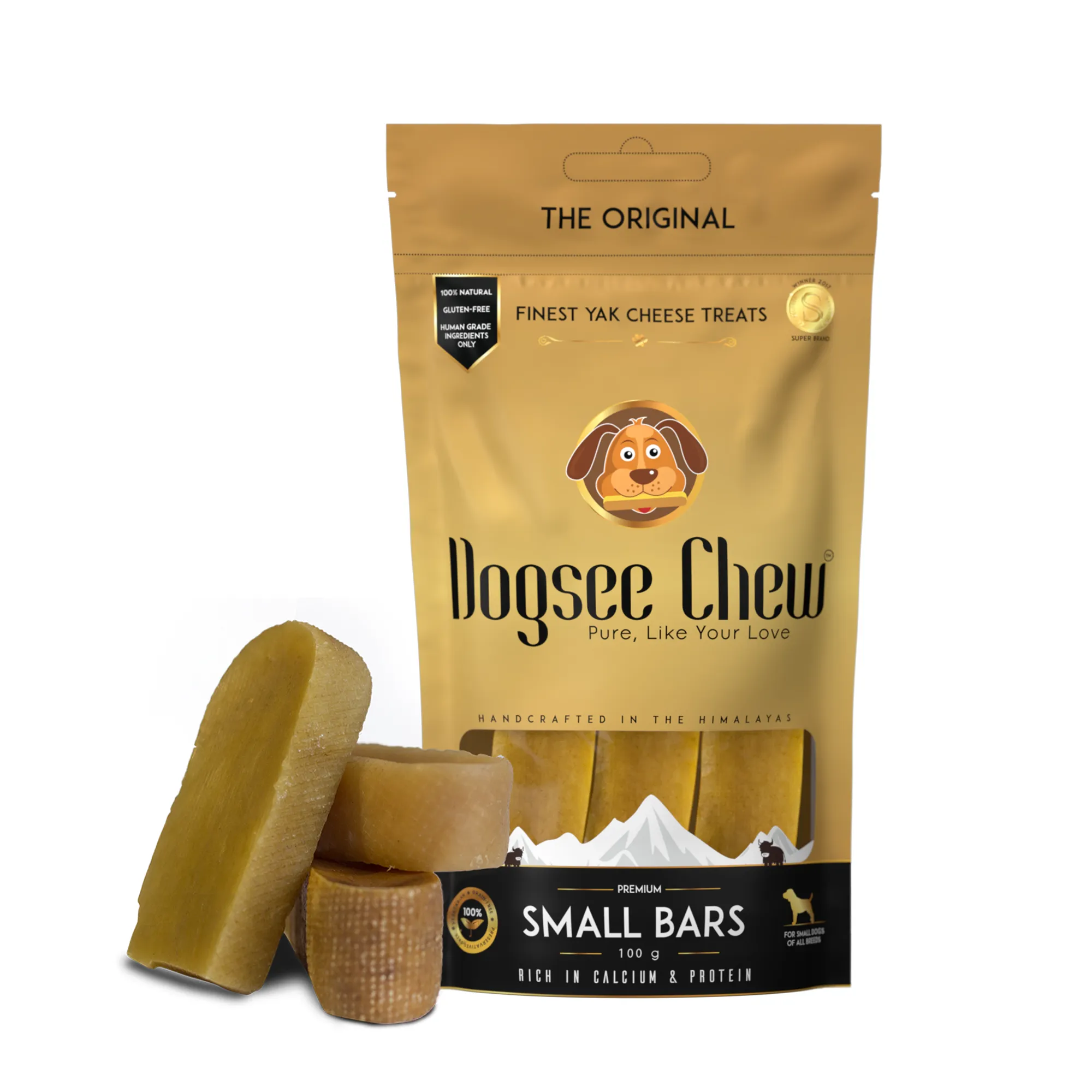
As much as you would love to spend 24/7 with your puppy, you have real-life responsibilities to take care of - so you can provide the right care that your pup needs and spoil him/her with toys and treats.
A real-life responsibility that is bound to take up a lot of your time is probably work - whether you’re working from home or need to go into the office for 8+ hours a day. During this time, you probably need to keep your pup occupied - so you’re not distracted during your meetings and to ensure your pup doesn’t ruin your furniture and belongings.
Dogsee Chew Hard Bars is your holy grail when it comes to keeping your pup occupied for long periods of time. These long-lasting dental chews come in 3 different sizes - large, medium and small - so you can choose the best one based on your pups size. Additionally, the repetitive chewing motion is extremely effective in fighting against plaque and tartar, keeping your pups breath fresh and clean, and improving their overall dental hygiene.

Dental hygiene is a critical component of puppy health as small dogs and puppies are particularly vulnerable to dental diseases. The frequent feeding and the proximity of their teeth to each other puts them at a higher risk for these dental diseases than large/medium-sized dogs. To start preventative care against dental diseases, give your Dogsee Chew Crunchies daily. These soft chew puppy treats are formulated with special enzymes that break down any plaque and tartar, improving your pups dental health and keeping their breath fresh and clean. In addition to improving your little one’s dental hygiene, these treats also keep their skin healthy and coat shiny.
Training: The behaviors you set in place or don’t set in place carry into your pups’ later stages in life. If you want to start a grooming routine, want them not to pull on the leash when you walk, or chase after squirrels, now is the time to condition their behavior. If you wait until later when they’re an “adult”, you’ll have a much harder time accomplishing the desired task.
Healthy puppy training treats facilitate quick learning while fueling your pup with nutrients such as protein to provide energy and maintain weight. Dogsee Chew Puffies are perfect bite-sized treats that you can grab in your hand when you’re training your pup. The delicious smell of these treats is enough to capture and most importantly, keep their attention until they successfully respond to your command.
 HELPFUL0 people found it helpful
HELPFUL0 people found it helpful
Related Blogs
Subscribe to Our Blogs
and never miss on the latest update!








